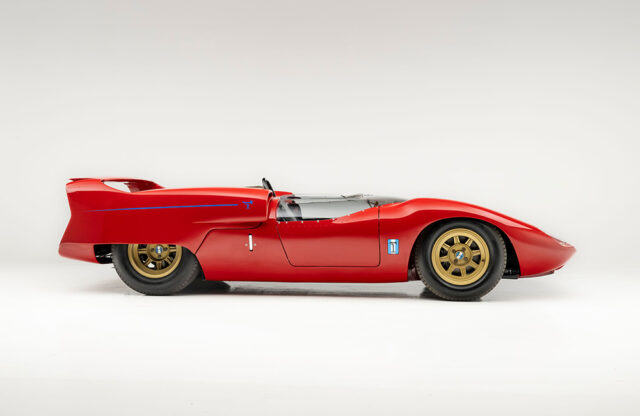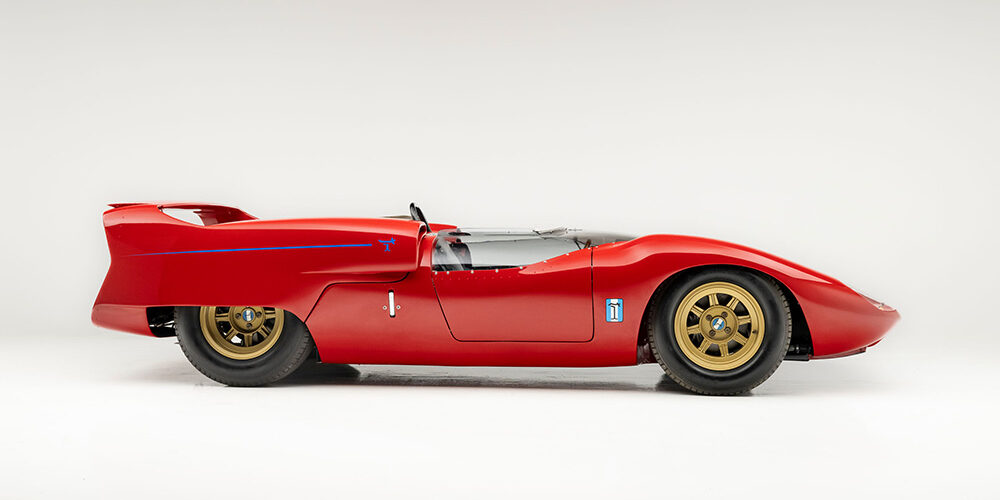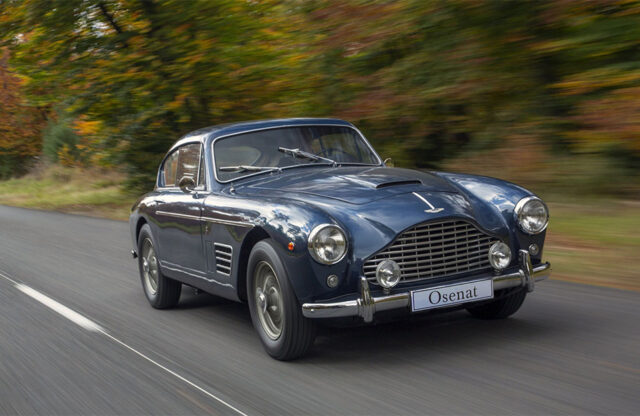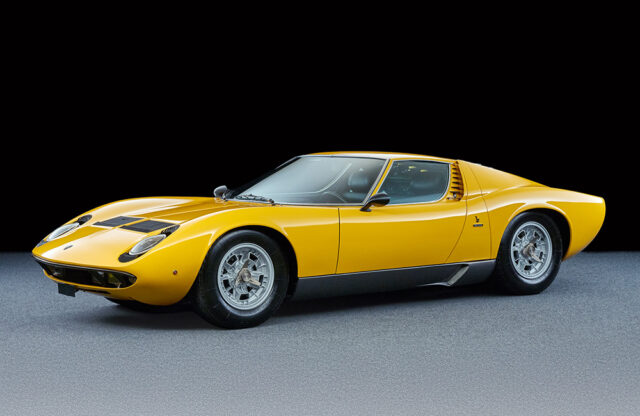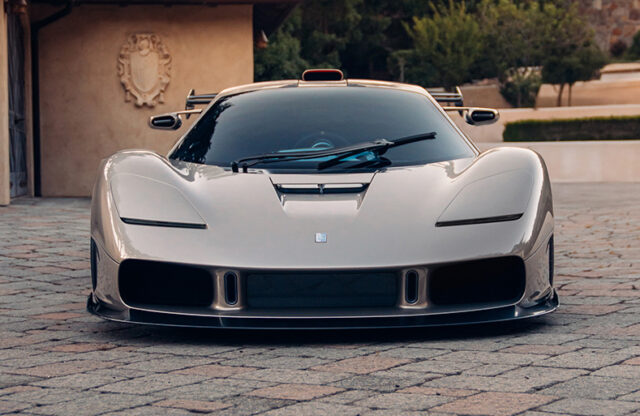The De Tomaso P70 – the car that brought together Alejandro de Tomaso, Carroll Shelby, Peter Brock and Medardo Fantuzzi in a failed bid for endurance glory, but instead led to a bitter feud between de Tomaso and Shelby – is being put up for auction at RM Sotheby’s Monterey sale in August. Here’s the P70’s story…
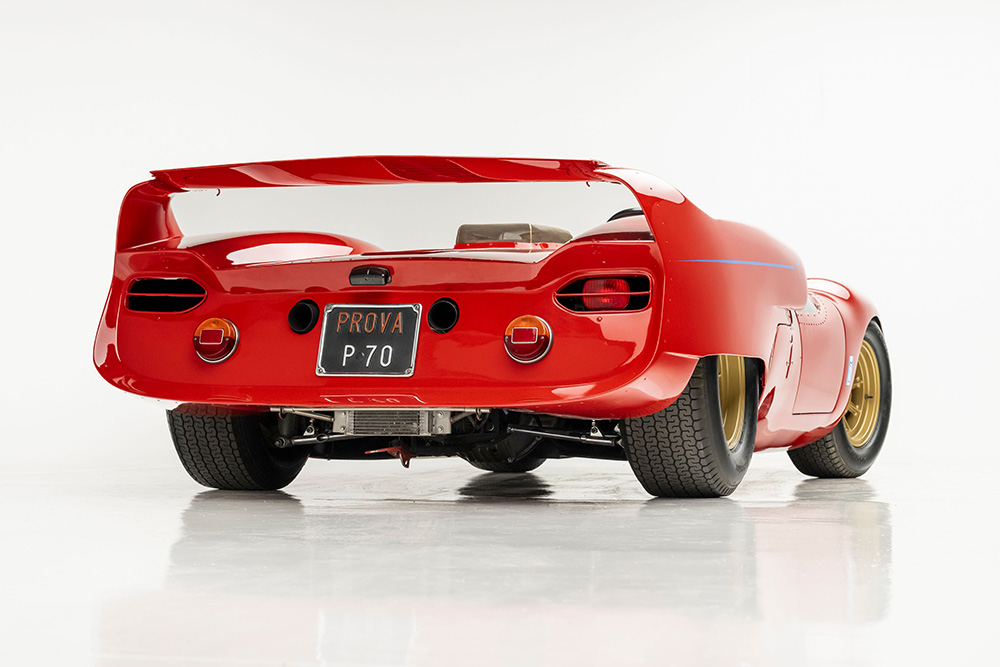
Ahead of the 1965 season, Carroll Shelby was looking to replace his Cooper-Monaco-based King Cobra. He aimed to beat Bruce McLaren’s Chevrolet-powered entries in the growing USRRC series and the soon-to-launch Can-Am. Shelby wanted a rear-engined open prototype fitted with a 7.0-litre engine. When Ford refused to supply a lightweight alloy version of its 7.0-litre NASCAR motor, Shelby turned to de Tomaso. The Argentine engineer suggested boring out a Ford 289ci engine to reach the required displacement.
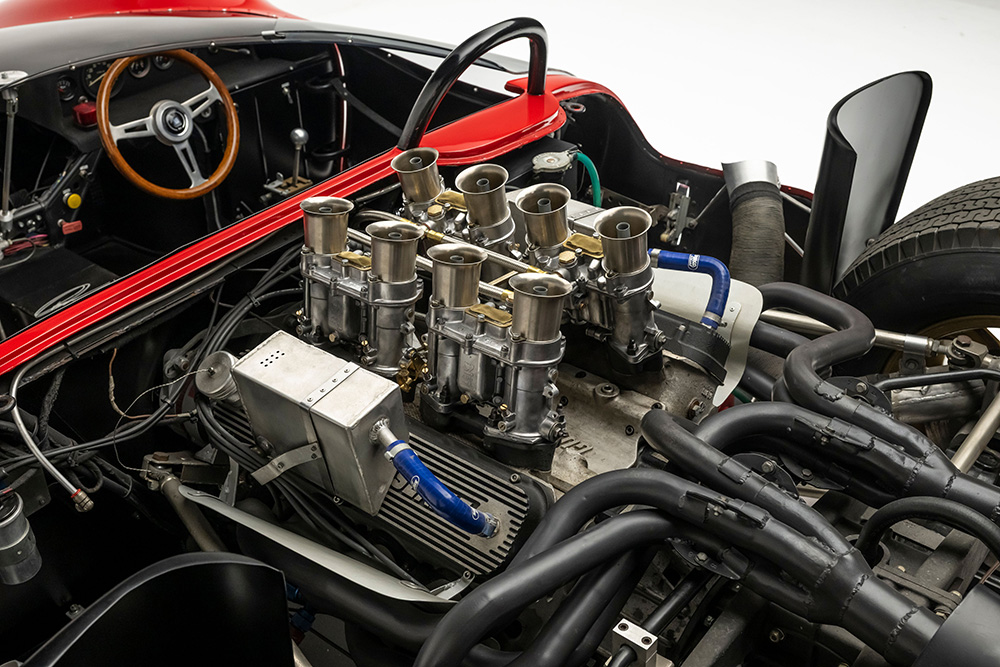
Shelby tasked Peter Brock with designing the new car. Brock, once a GM intern who sketched the original Stingray Corvette and later shaped the Shelby Daytona Coupe, had long promoted the idea of an adjustable rear wing. He soon produced a clean, rear-winged open prototype based on his earlier work for the Lang-Cooper Special.
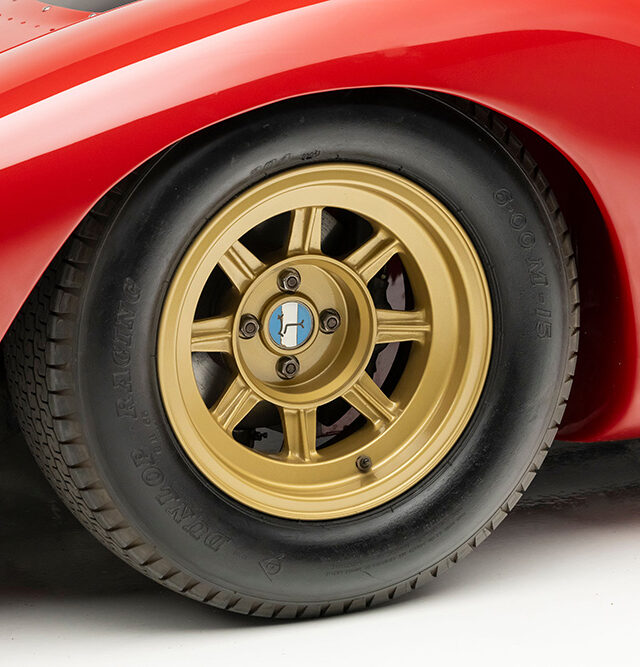
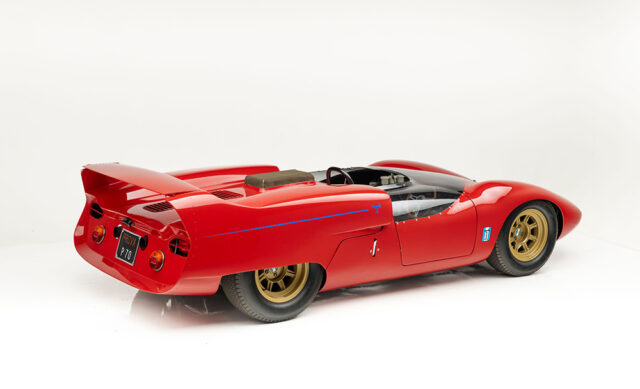
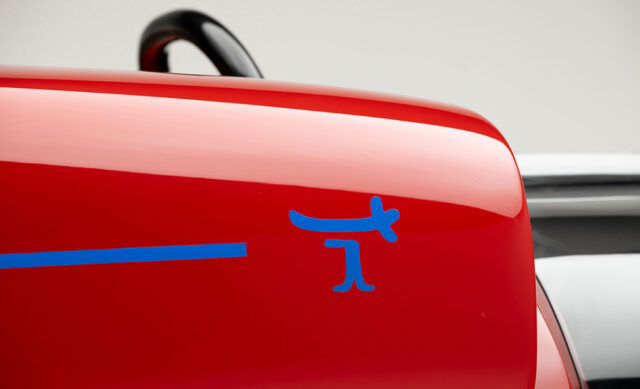
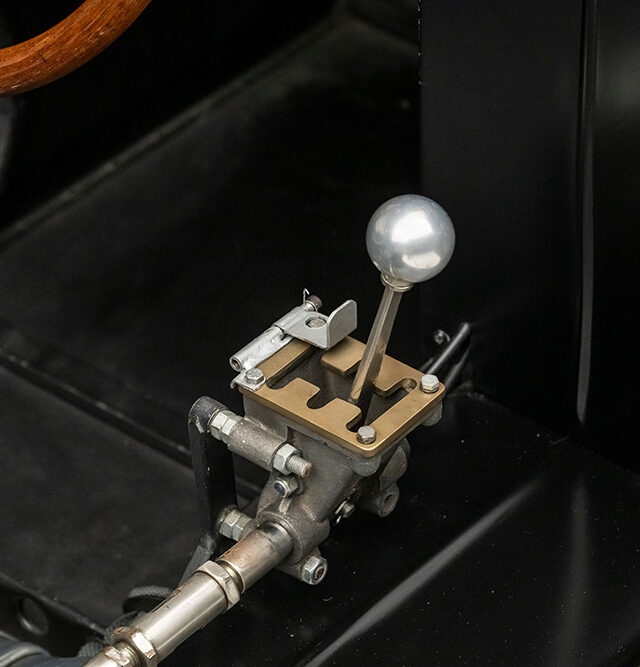
De Tomaso built the chassis using the firm’s innovative central-spine layout, which was first developed for the Vallelunga. This novel structure used the engine and transaxle as part of the load-bearing framework, in a way that would later be echoed by the McLaren F1 many years on (tellingly, Gordon Murray owns a Vallelunga). The chassis was first fitted with a standard 289ci Ford engine and a bespoke De Tomaso intake manifold. It was then sent to Fantuzzi’s workshop for bodywork, where Peter Brock collaborated directly with the carrozzeria’s team.
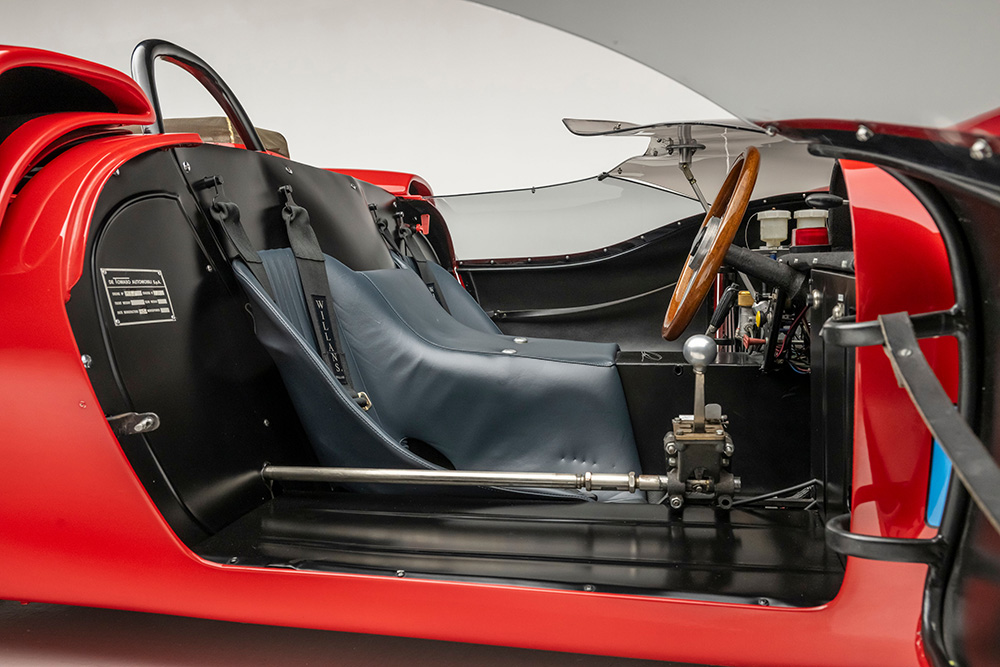
Can-Am’s loose rulebook gave Brock room to experiment in ways European Group 7 regulations would not allow. He took full advantage. The design included flush headlamps, enclosed rear arches, a shallow screen built into the body and a movable rear wing to generate real downforce at speed.
However, the plan began to fall apart when de Tomaso failed to deliver the promised 7.0-litre engine on time. Without it, the car stood no chance in Can-Am, and with no regard paid to Group 7 requirements, it was no use in Europe, either. Shelby scrapped the whole effort, with his looming agreement to run Ford’s GT40 programme likely helping to seal the decision.
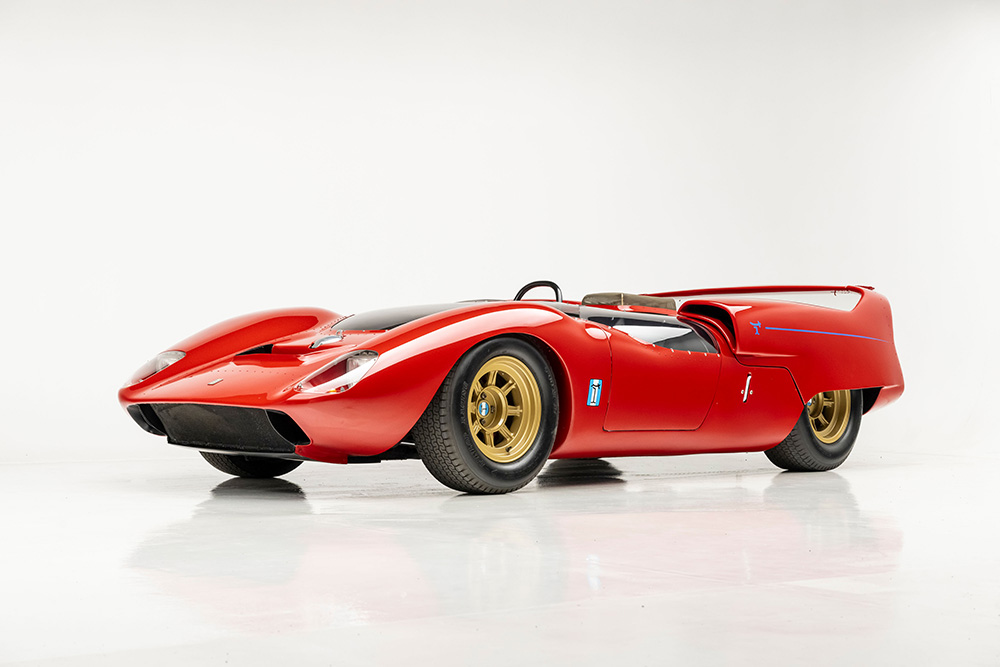
This was final sticking point, however, because the relationship between Shelby and de Tomaso had been deteriorating for some time. Shelby had wanted a car that was lightweight, race focused and American powered, but also nimble and reliable enough for serious competition. De Tomaso favoured more Italian styling flair and engineering approaches that sometimes sacrificed practical race usability. There were disputes over technical specifications, including chassis design, suspension set-up and engine integration – Shelby had pushed for a Ford V8 engine for power and reliability, while de Tomaso was more open to alternative motors and more complex engineering ideas.
Shelby was also concerned about the car’s weight distribution and balance, which he placed firmly at de Tomaso’s door. Ultimately de Tomaso wanted to maintain control as the builder and manufacturer, leading to decision-making tensions as Shelby wanted more overall control of the project. As the relationship soured, Shelby saw the GT40 project as a convenient way out.
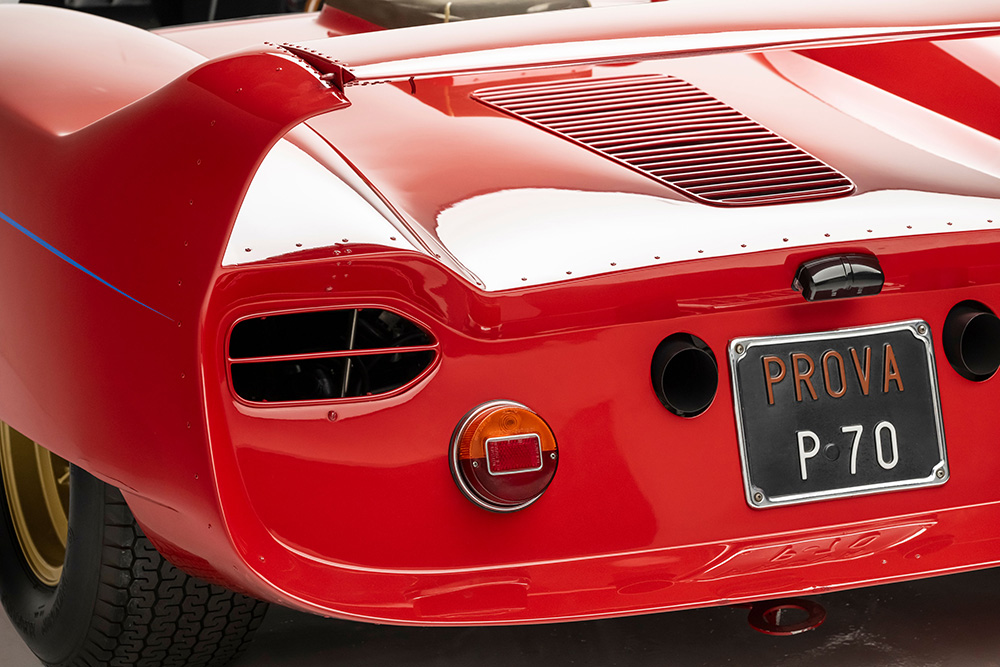
De Tomaso would later manifest his annoyance with Shelby over the affair when naming his mid-engined supercar of 1967. The Mangusta, which would take forward many of the ideas (and some of the negatives suggested by Shelby with regards to weight distribution and handling), took its name from Italian word for ‘mongoose’ – an animal known for killing cobras.
As for the P70, de Tomaso took over the stalled project and brought the car to completion. With his recent purchase of Ghia to support the upcoming Mangusta, he rebranded the car as the Ghia De Tomaso Sport 5000 and unveiled it at the 1965 Turin Motor Show.
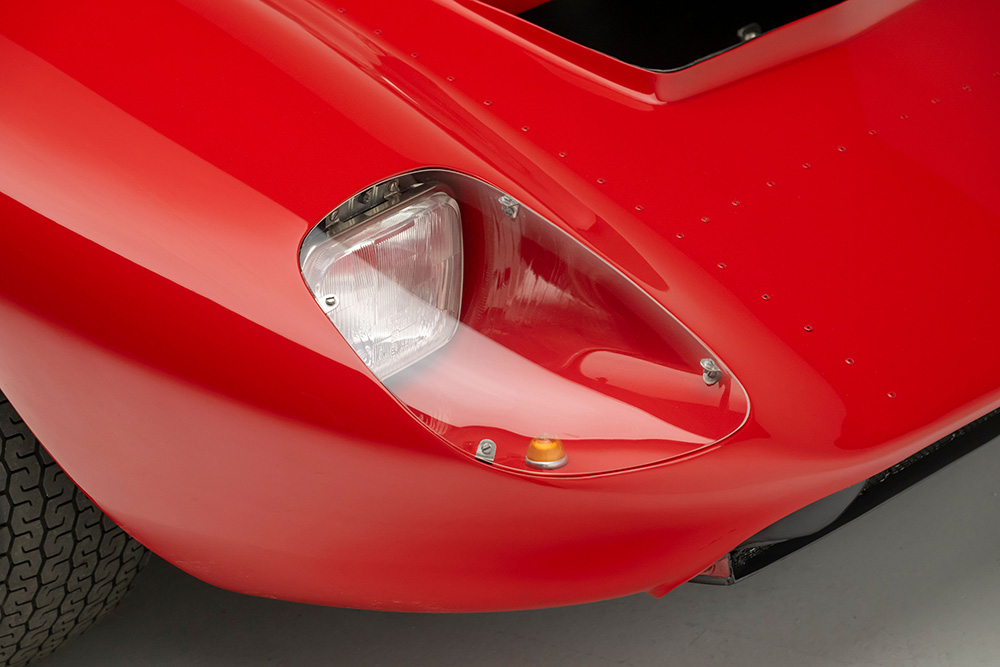
After its appearance in Turin, the P70 was pushed aside and left in pieces at the back of the De Tomaso factory. It stayed that way for decades until 2004, when Philippe Olczyk, a De Tomaso historian and enthusiast, came across the remains. These included the chassis and rear body section, along with the cockpit with the original seats and dashboard.
The car was soon sold to a Belgian collector, who sent it to various specialists in Modena to have it rebuilt. The work involved restoring the chassis with new suspension and braking components, crafting a new front body section and producing a fresh set of cast aluminium wheels to match the original design. A Ford small-block engine was fitted, topped with Gurney Weslake aluminium heads such as those found on the Le Mans-winning GT40s run by John Wyer.
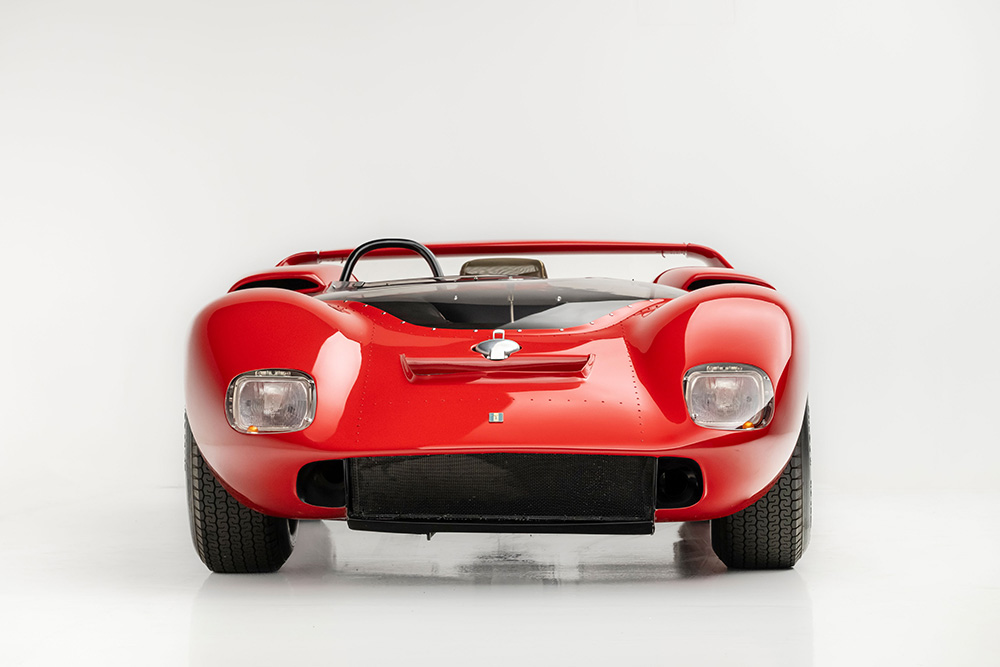
The P70 was first shown in unfinished form at The Quail, A Motorsports Gathering in 2005. In April 2013 it changed hands, with the new owner choosing to carry out a more thorough restoration. Later that year the car returned to The Quail for a tribute to Peter Brock, where it won the Motor Trend Editor’s Choice Award. It appeared again in 2016 and was named Best Post-War Racing Car. That same year it was also displayed at the Amelia Island Concours d’Elegance.
It’s now up for grabs with RM Sotheby’s at the auction house’s Monterey sale, held on Friday, August 15, 2025. It’s estimated at between $750k and $1m, and is being offered at no reserve. More details can be found here.
